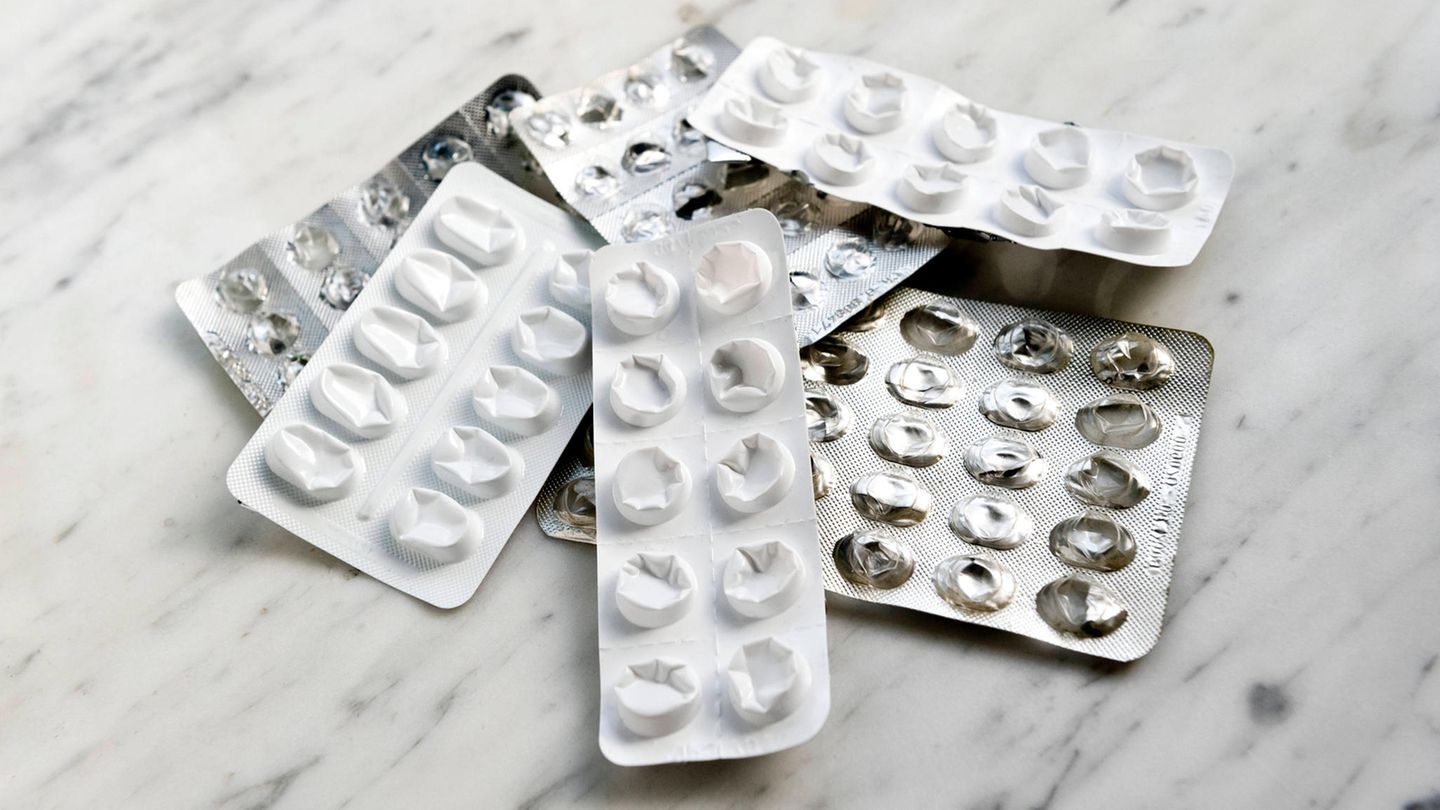I’m Caroline, a journalist and author for 24 Hours Worlds. I specialize in health-related news and stories, bringing real-world impact to readers across the globe. With my experience in journalism and writing in both print and online formats, I strive to provide reliable information that resonates with audiences from all walks of life.
Menu
Drug shortages continue to affect new groups of patients
Categories
Most Read
Nail biting: How to break the habit
October 20, 2025
No Comments
Time change 2025: Why are we still turning the clock?
October 18, 2025
No Comments
Children with a cold: How many infections are normal for little ones?
October 18, 2025
No Comments
Cell Phone Regret: She grabs me and shakes me
October 17, 2025
No Comments
New column “The Feeling of the Week”. This time: cell phone regret
October 17, 2025
No Comments
Latest Posts

Linz Promenade: Renovation of the Sparkasse is scheduled to be completed in April 2026
October 22, 2025
No Comments
Renovation work in the former cash register room Udo Dettelbacher, head of real estate and operations management at Sparkasse OÖ (left) and Martin Punzenberger, board

Psychology reveals what it means to not want to receive visitors
October 22, 2025
No Comments
October 22, 2025 – 1:00 p.m. The desire to spend time alone is not a negative for some people, as they see their home as

Real blue: how much does it operate at this Wednesday, October 22
October 22, 2025
No Comments
October 22, 2025 – 12:54 The minute-by-minute quote for the purchase and sale of the Brazilian currency in our country. He royal blue quotes at
24 Hours Worlds is a comprehensive source of instant world current affairs, offering up-to-the-minute coverage of breaking news and events from around the globe. With a team of experienced journalists and experts on hand 24/7.

